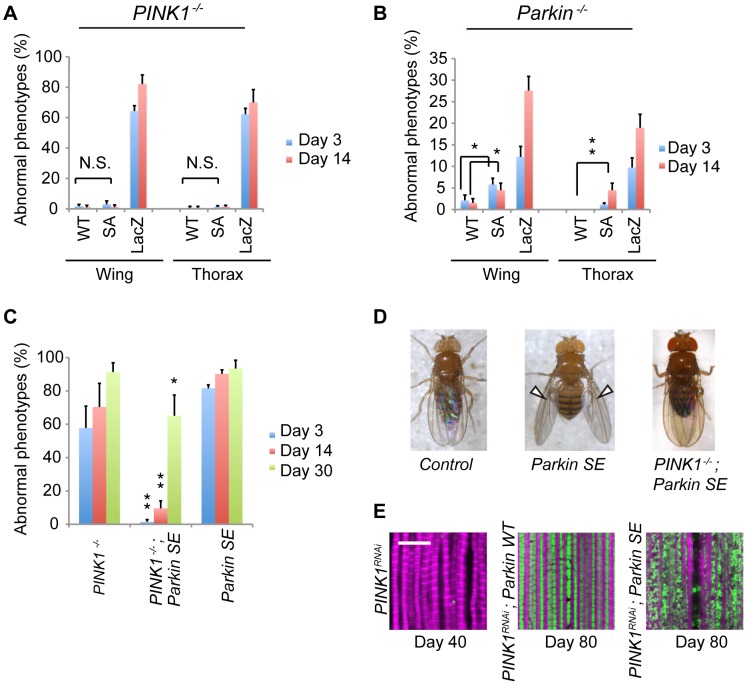Figure 5. Flies expressing SE Parkin show different wing phenotypes in the presence or absence of PINK1.
(A) SA and WT Parkin fully rescue the abnormal wing posture and thoracic defect caused by loss of PINK1 activity (p<0.001, LacZ vs. WT or SA). Graph showing the percentage of flies with abnormal wing posture. Adult male flies aged 3 and 14 days were analyzed. N.S., not significant. n = 121–132. (B) SA Parkin does not fully rescue the abnormal wing posture and thoracic defect caused by loss of Parkin activity. Adult male flies aged 3 and 14 days were analyzed. * p<0.05, ** p<0.01; n = 82–141. (C) Expression of SE Parkin in the muscle tissue caused a drooped wing posture, whereas expression of SE Parkin in the PINK1-/- genetic background improved the abnormal wing posture. The values represent the mean ± SE from four experiments. ** p<0.01 vs. PINK1-/- or SE Parkin of the same age; * p<0.05 vs. PINK1-/- or SE Parkin of the same age; n = 115–125. (D) Representative wing posture of the genotypes indicated in (C). Arrowheads indicate drooped wing posture. (E) Constitutive expression of SE Parkin preserved the mitoGFP signal throughout the lifespan. PINK1RNAi and mitoGFP (green) were co-expressed in the muscle tissue together with the indicated transgenes. Scale bar = 10 µm. The genotypes used in (A, B) are the same as in Figure 2, and the genotypes in (C, D) are PINK1B9/Y; UAS-LacZ; MHC-GAL4 (PINK1-/-), PINK1B9/Y; UAS-Parkin SE; MHC-GAL4 (PINK1-/-; Parkin SE), +/Y; UAS-Parkin SE; MHC-GAL4 (Parkin SE).

